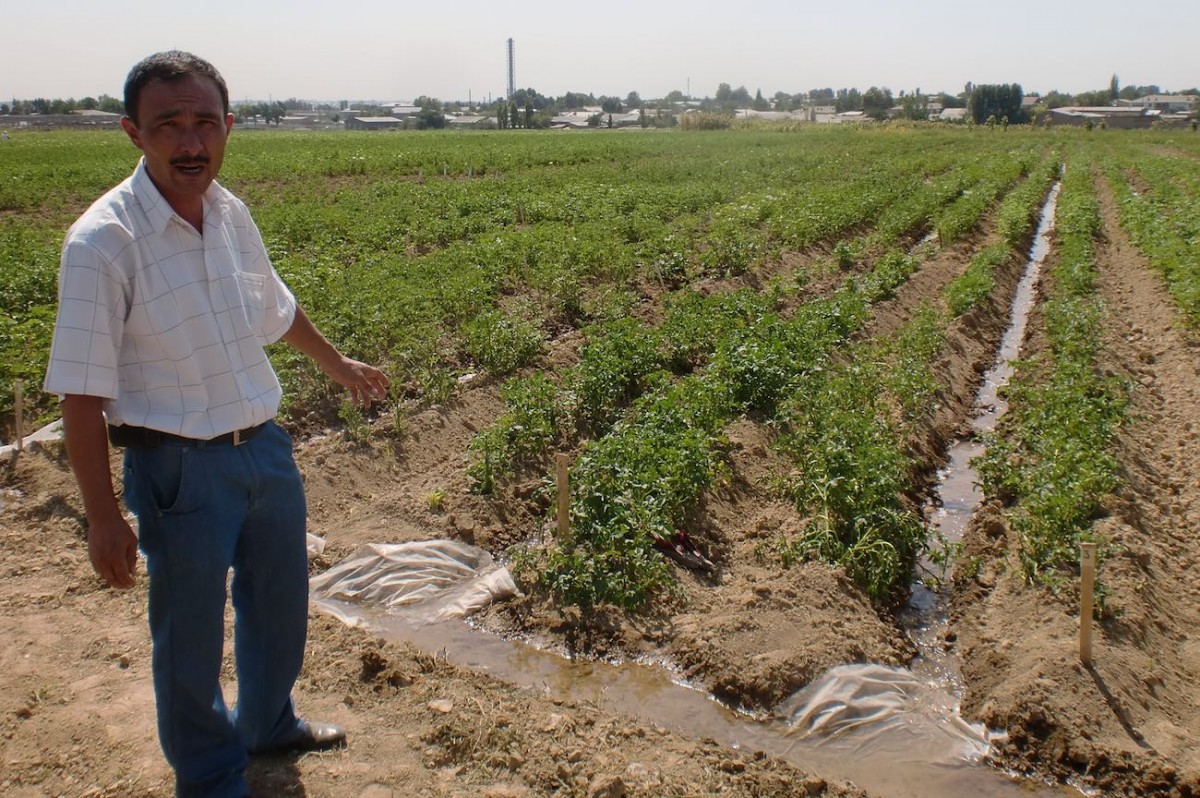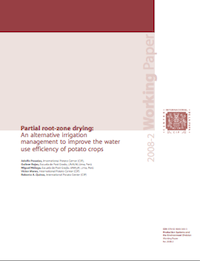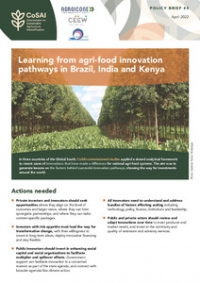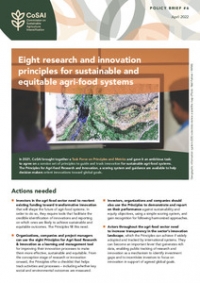The irrigation technique known as partial root-zone drying has proved to hold the potential to increase water use efficiency without significantly reducing yields. The technique essentially involves irrigating approximately half of the root system of a crop—such as potatoes—while the other half is left to dry. Following a certain period of time, the dry half of the root system is irrigated, while the wet half is left to dry.

The theory holds that during the early stages of water stress, a hormone (called Abscisic Acid-ABA) is synthesized in the drying roots of the crop. ABA is transported to the leaves where it reduces water loss through transpiration. In other words, a plant’s root system is initially starved in order to train the plant to be more efficient with the water it is allotted, thus extending photosynthetic activity.
This irrigation technique has been tested and refined by researchers from the International Potato Center, and their trials showed that applying the partial root-zone drying technique allowed for a 21% water saving and a water use efficiency increment of 19%, with no reduction of tuber yield when it was compared with the control crop.













